6 April 2025
When you hear the term “urban redevelopment,” does your mind drift to shiny new skyscrapers or perhaps bustling public spaces? You're not alone! Urban redevelopment is one of the most transformative movements shaping our modern cities. At its core, it’s like giving old, worn-out parts of the city a fresh coat of paint—not just on the surface, but deep in its structure, purpose, and community vibe.
Now more than ever, there’s a growing trend to breathe life back into city centers. But this isn’t just about aesthetics. This is about making our cities more livable, sustainable, and, let’s face it, Instagram-worthy! Let’s delve into the fascinating world of urban redevelopment and see how it’s changing the way we live, work, and play. 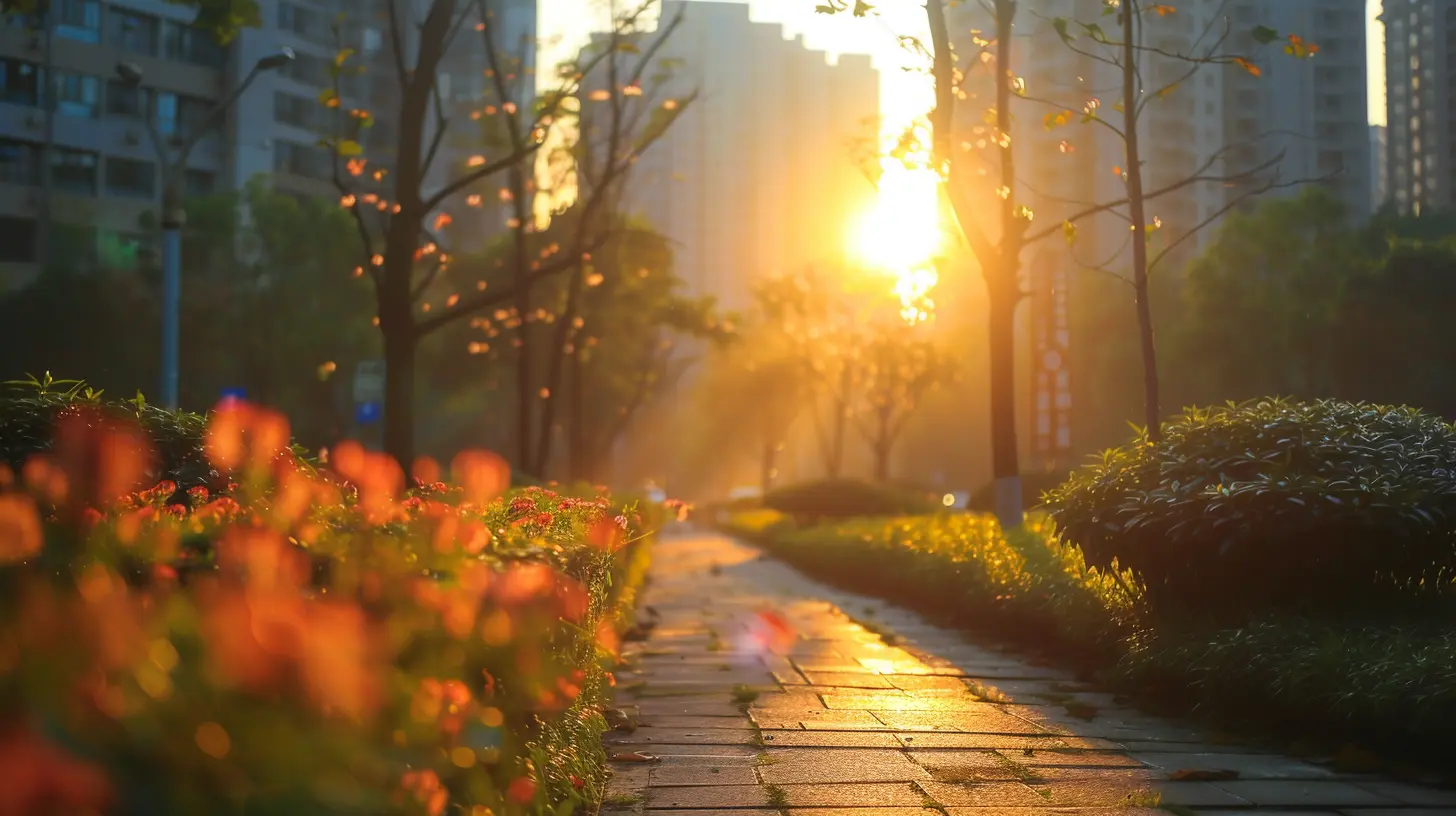
The Urban Revival Movement: What’s the Big Deal?
So, what’s sparking all this buzz about urban redevelopment? City centers used to be the heartbeat of any town. But over the decades, as suburban living caught on, many once-thriving downtown areas fell into neglect. Empty storefronts, crumbling buildings, and outdated infrastructure made these places feel more like ghost towns than social hubs.Fast forward to today. Modern urban redevelopment is like hitting the reset button—but with lessons learned. It's not just about building something new; it's about honoring the old while creating spaces that embrace community, culture, and sustainability. It's where the charm of the past meets the functionality of the future. 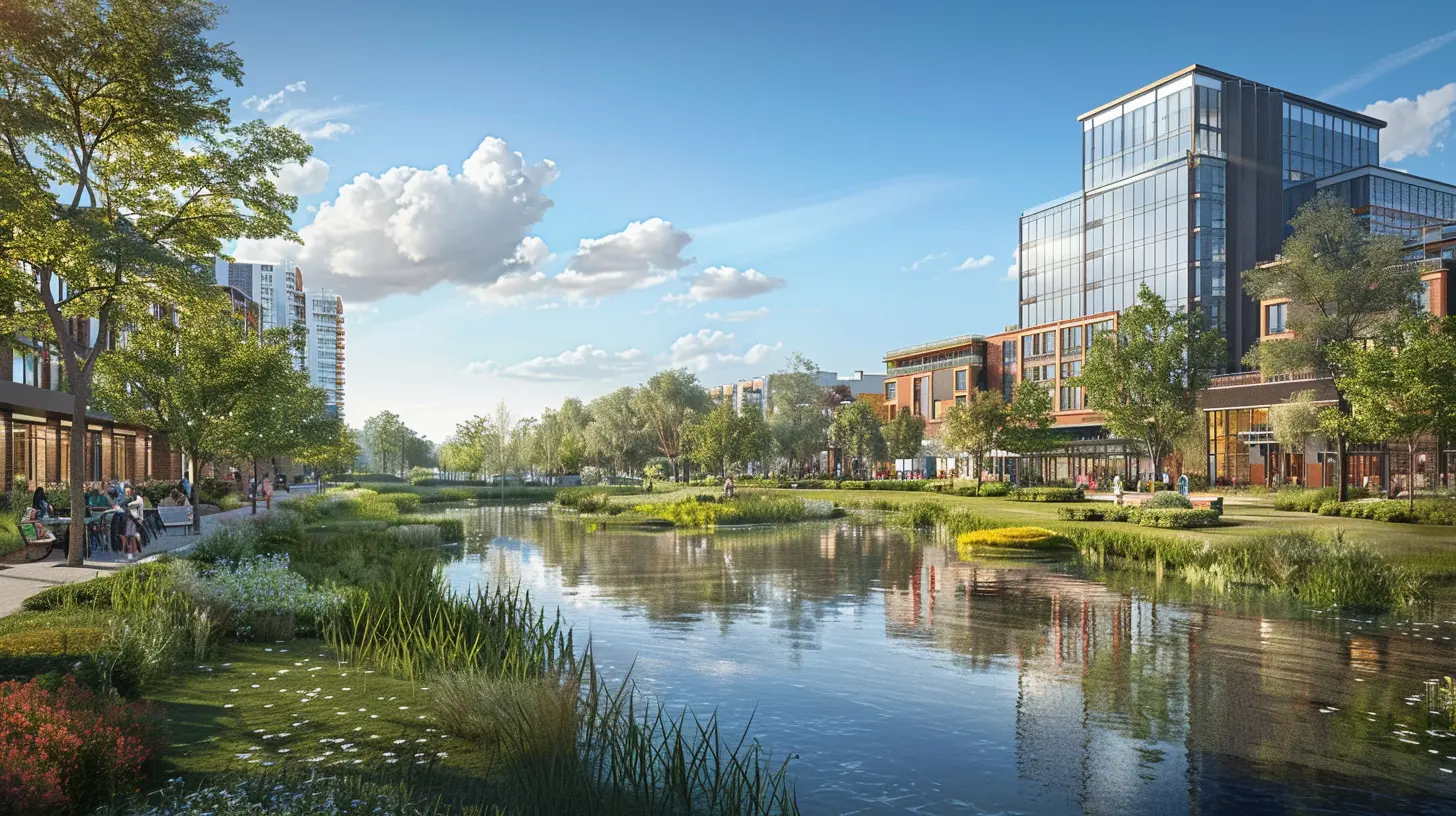
Top Trends Shaping Urban Redevelopment
The landscape of urban redevelopment is constantly evolving (pun intended). Let’s look at the hottest trends that are not only revamping city centers but also changing the way we interact with urban spaces.1. Mixed-Use Developments: One-Stop-Shops for Living
Can you imagine living, working, shopping, and socializing—all within walking distance? That’s the magic of mixed-use developments. These projects combine residential, commercial, and recreational spaces into one cohesive area.Think about it: Why commute an hour to work when you can live right above your office? Why drive to a shopping mall when it’s just steps away? It’s like having the convenience of a small town wrapped up in the vibrancy of a bustling city.
Mixed-use developments aren’t just trendy—they’re practical. They cut down on traffic, reduce carbon emissions, and foster a sense of community. Plus, who wouldn’t love the idea of rolling out of bed and grabbing a coffee downstairs without even starting the car?
2. Adaptive Reuse: Giving Old Buildings New Life
Ever seen an old warehouse turned into a trendy loft? Or a church transformed into a café? That’s adaptive reuse in action. Instead of tearing down old buildings, developers are creatively repurposing them.It's like turning a dusty, forgotten relic into a treasure chest filled with possibility. For example, historic factories are being reborn as chic apartments, while abandoned train stations are now lively event spaces. This approach doesn’t just preserve architectural history—it’s also an eco-friendly alternative to new construction.
And let’s be real: repurposed spaces have character. They tell stories. They feel authentic. It’s no wonder people gravitate toward them.
3. Walkability and Pedestrian-Centered Design
Let’s face it: walking-friendly cities are happy cities. In the world of urban redevelopment, pedestrian-centered design is taking center stage. Many city planners are narrowing roads, expanding sidewalks, and adding bike lanes to encourage walking and cycling.Why, you ask? For starters, it’s healthier. But even beyond that, walkable areas promote spontaneous social interactions. You’re more likely to bump into a friend or chat with a neighbor when you’re out strolling rather than stuck behind a steering wheel.
Plus, can we talk about how much better a city looks when it’s not overwhelmed by parking lots and traffic jams? Pedestrian-friendly design makes urban spaces more vibrant and inviting.
4. Green Spaces and Parks: Nature in the Urban Jungle
If there’s one thing we all learned during the pandemic, it’s this: we need nature. Badly. And thankfully, urban redevelopment projects are making green spaces a priority.New parks, rooftop gardens, and tree-lined streets are popping up everywhere. Why? Because nature has this magical ability to reduce stress, build community, and even boost property values.
Take The High Line in New York City, for example. This once-abandoned railway track is now one of the city’s most beloved green spaces. It’s a perfect example of how urban redevelopment can transform an eyesore into an asset.
5. Smart Cities and Technology Integration
Picture this: You’re walking through downtown, and your smartphone guides you to the nearest parking spot. Trash bins signal when they’re full, and streetlights automatically dim when there’s no one around. Sounds futuristic, right?Well, welcome to the world of smart cities! Technology is playing a huge role in urban redevelopment. From energy-efficient buildings to app-driven public services, cities are getting smarter—and it’s making our lives a whole lot simpler.
Smart tech isn’t just about convenience. It’s about sustainability. For instance, smart grids help reduce energy waste, and real-time data collection helps city planners make better decisions.
6. Affordable Housing Solutions
Let’s be honest: revitalized city centers are often synonymous with skyrocketing rents. This is where affordable housing comes in. Urban redevelopment projects are increasingly focusing on inclusivity, ensuring that everyone—not just the wealthy—can enjoy the benefits of city living.From rent-controlled apartments to innovative housing solutions like micro-units, the goal is clear: make city centers accessible to all income levels.
7. Cultural Preservation and Local Identity
Every city has its own personality, from the food it serves to the art it celebrates. Urban redevelopment is starting to embrace this uniqueness rather than erasing it.Developers are working more closely with local artists, historians, and community leaders to ensure that city revamps honor local culture. Street art, community murals, and preservation of historic landmarks are becoming integral parts of redevelopment projects.
Why does this matter? Because a city isn’t just buildings and streets—it’s the memories, stories, and traditions that breathe life into it. 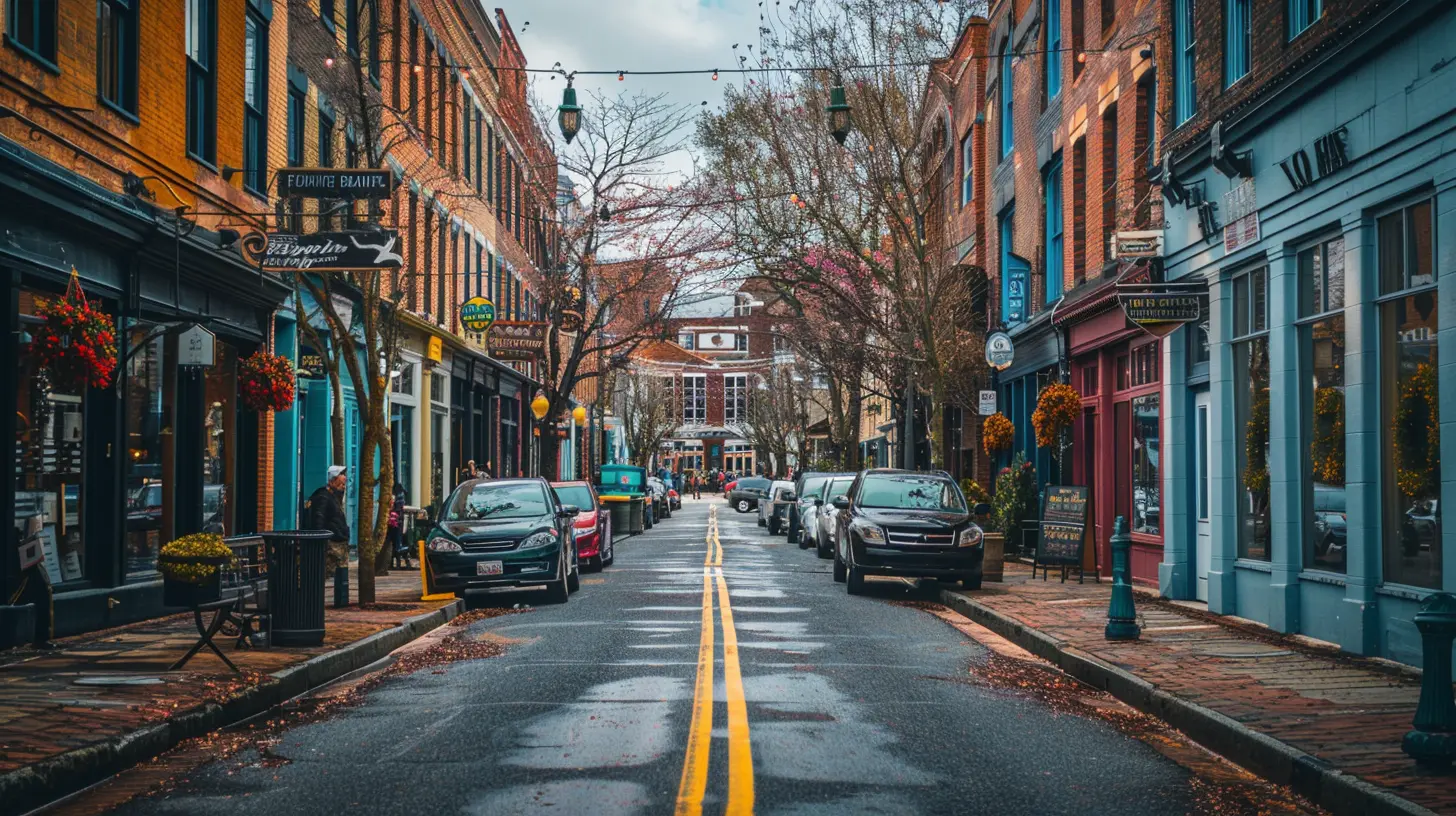
Challenges in Urban Redevelopment (And How to Tackle Them)
Now, let’s not pretend urban redevelopment is all rainbows and sunshine. Revitalizing city centers comes with its own set of hurdles. From gentrification concerns to funding issues, challenges are inevitable.The key? Finding balance. For instance, involving local communities in decision-making can prevent gentrification from displacing residents. And public-private partnerships can help tackle financial constraints.
Urban redevelopment isn’t about taking over; it’s about coming together to create spaces that work for everyone. 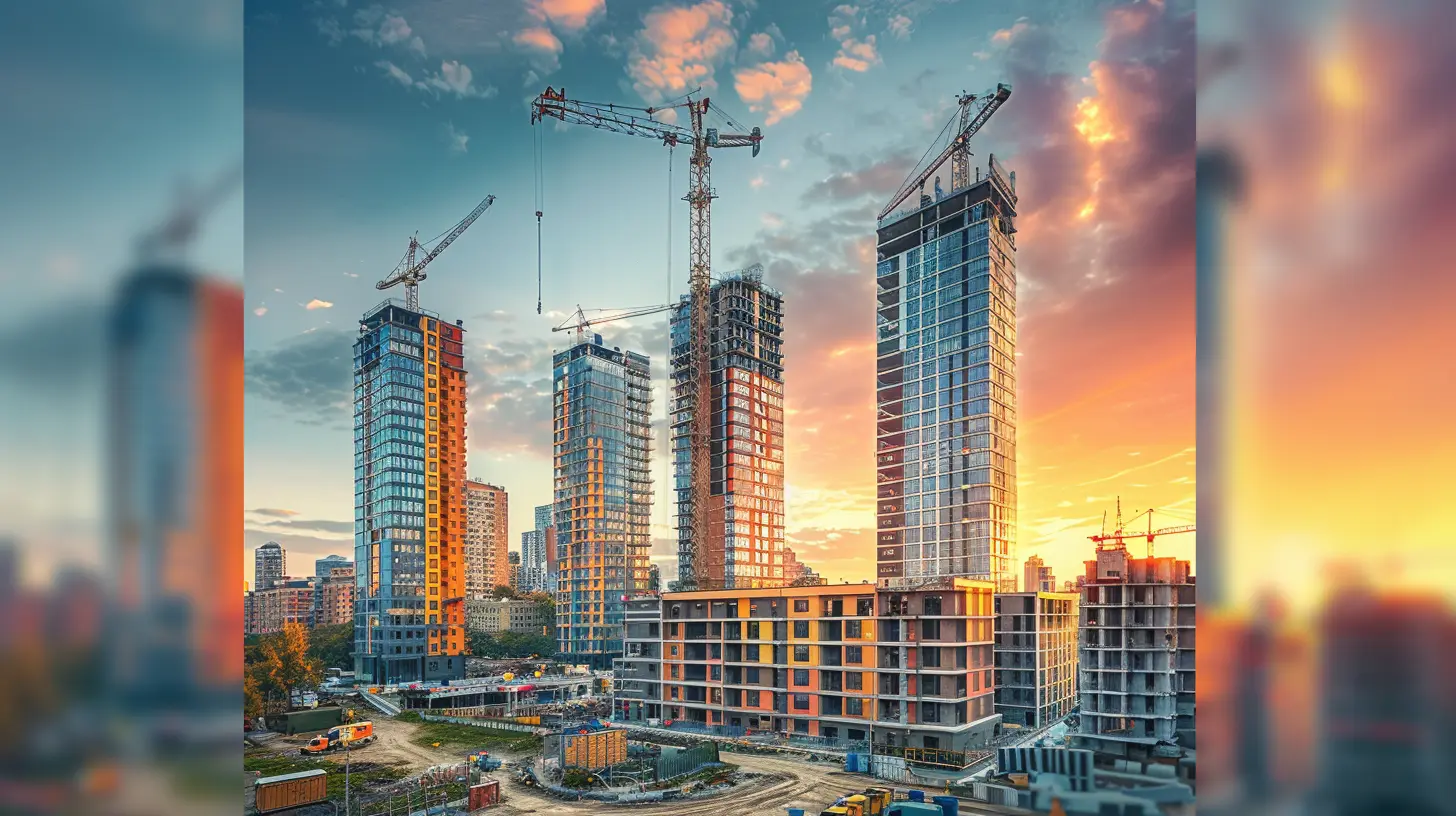
Why Urban Redevelopment Matters to You
At this point, you might be wondering: “Why should I care about urban redevelopment?” Well, here’s the thing. Cities are where innovation happens. They’re where people connect, ideas thrive, and cultures collide.Revitalized city centers aren’t just good for businesses or real estate investors—they’re good for all of us. They create spaces where we can live healthier, happier, and more fulfilling lives.
So, whether you’re a potential homeowner, an investor, or just someone who loves a good stroll downtown, urban redevelopment is shaping your future.
The Future is Bright for City Centers
Urban redevelopment isn’t a passing trend. It’s a movement—a commitment to reimagining our cities for the modern era. As we prioritize sustainability, inclusivity, and community, our city centers are transforming into spaces where everyone can thrive.And honestly, isn’t that the kind of future we all want?

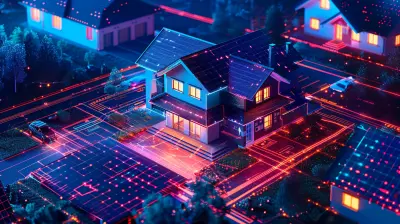
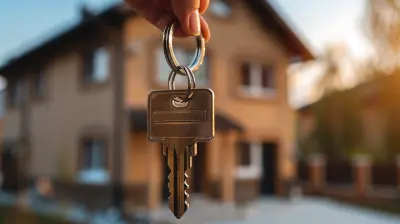
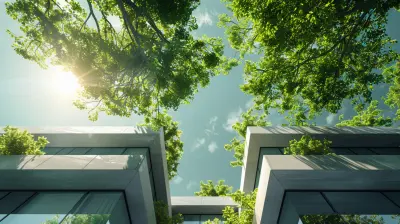
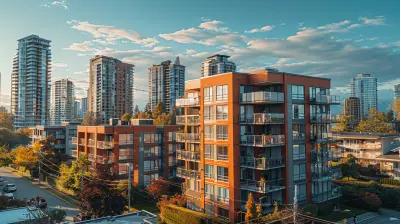
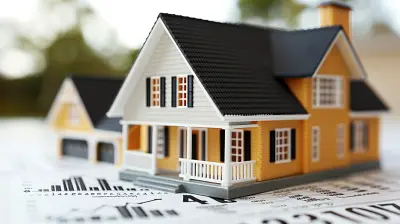

Malia Whitley
Great insights! Urban redevelopment is crucial for vibrant city centers.
April 23, 2025 at 10:55 AM